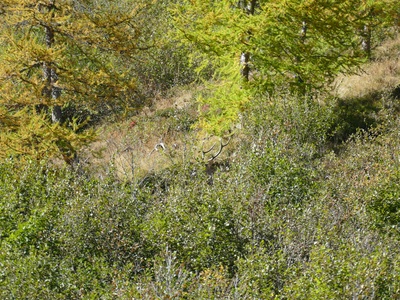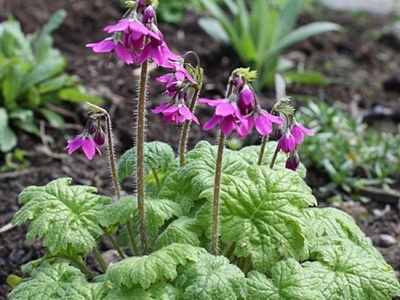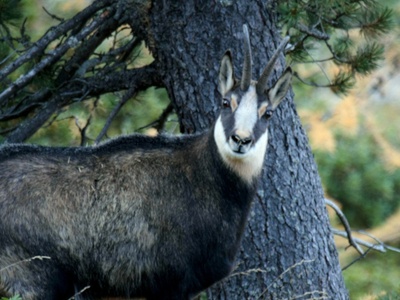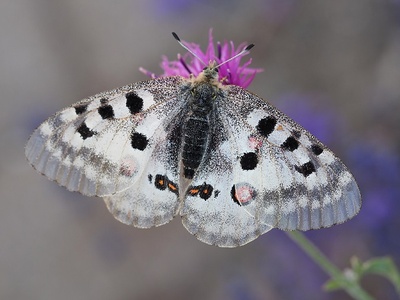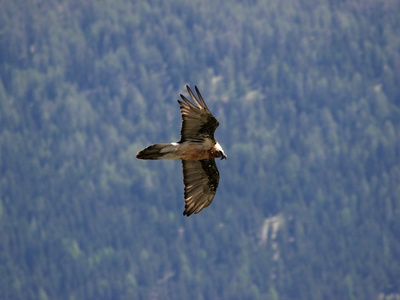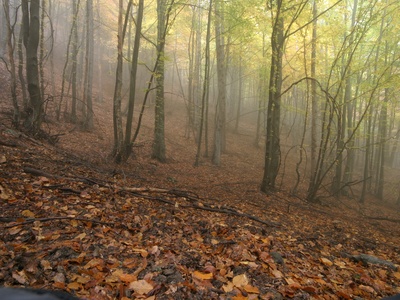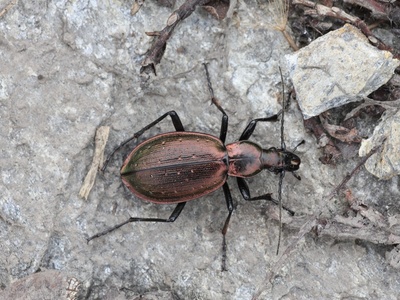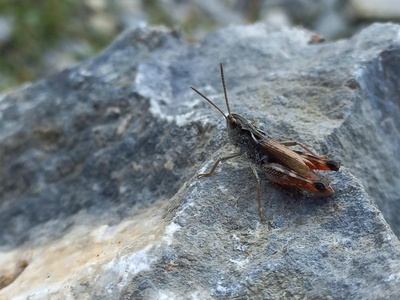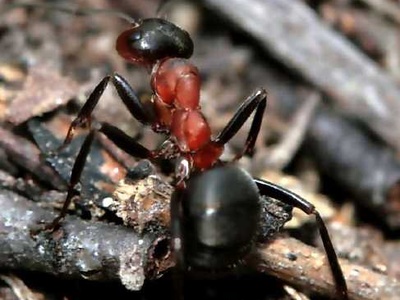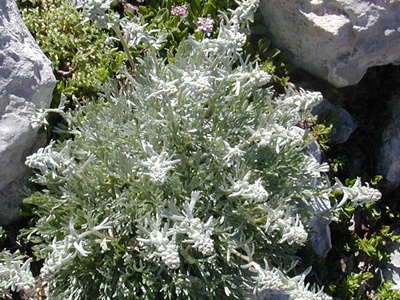Parcopedia
 Flora
Flora
It is a perennial herbaceous plant 20-40 cm tall. It has an underground stem and a leafless one that emerges from the ground. The leaves are heart-shaped with lobes and denticles. The flowers are hermaphroditic and grouped in an umbel. The fruit is a capsule with 30-40 seeds.
 Fauna
Fauna
The Apollo butterfly is a large diurnal butterfly with a wingspan that can exceed 5 cm. The wings are mainly white with black spots in the front area, while the hind wings have two or more red spots bordered in black with a white pupil.
 Fauna
Fauna
It can reach 2.90 m wingspan and weigh 7 kg. These characteristics make it the largest bird in the Alpine region. Moreover, it is the only species among vultures capable of feeding on bones thanks to some morphological and behavioral adaptations. Its body structure places it in an intermediate position between a raptor and a vulture, after all, its name derives from the Greek terms gyps (vulture) and aetos (eagle).
 Habitat
Habitat
The European Beech (Fagus sylvatica) is a deciduous broadleaf tree that can reach considerable sizes; its bark is grey, smooth, and compact; the leaves are elliptical, with a crenate margin and a characteristic shiny appearance.
 Fauna
Fauna
l Carabus cychroides is an endemic beetle found in a few very limited areas of the Cozie Alps, mostly within our protected areas.
It is an insect that is strongly threatened by climate change. It lives in cavities in high-altitude pastures and in moraine areas facing north, where the snow remains longer.
 Fauna
Fauna
The Conca Cialancia grasshopper, discovered in 1986, is a rare endemic species of the Cottian Alps. It lives only at high altitudes, above 2000 meters, in meadows on sunny slopes. It has bright colors: gray-blue and red in males, camouflaged in females. The stridulating song of the males attracts the females. A truly special insect!
 Fauna
Fauna
In the Park, in the coniferous forests, there are large nests of red wood ants of the Formica rufa group, useful for biological control. There are 4 similar species with complex social lives. The workers perform various tasks, the queens lay eggs, and the males mate with the queens during the nuptial flight. The nests can be large and accommodate up to 1 million ants.
